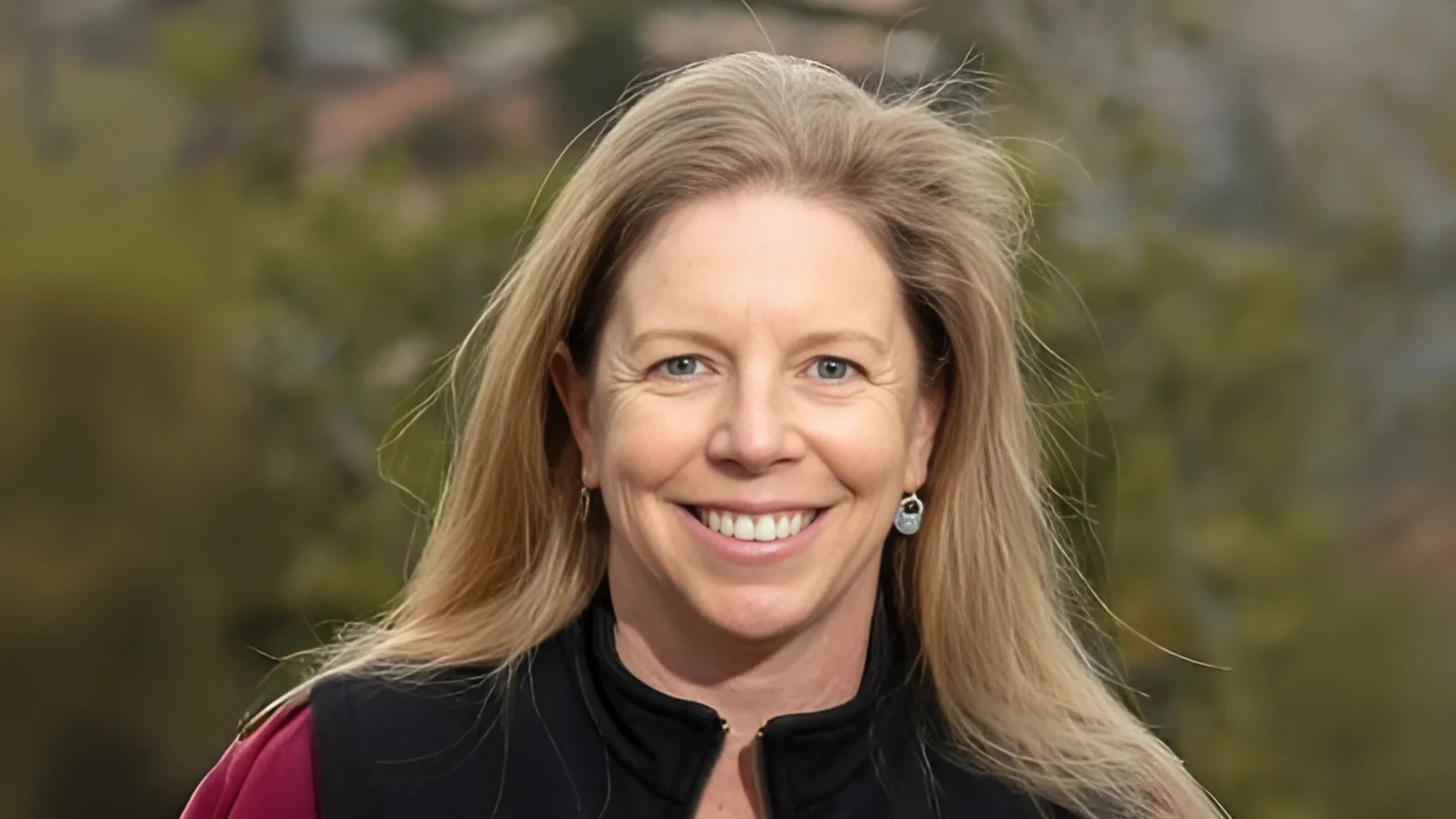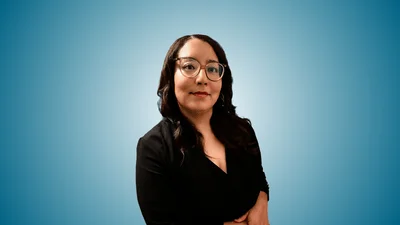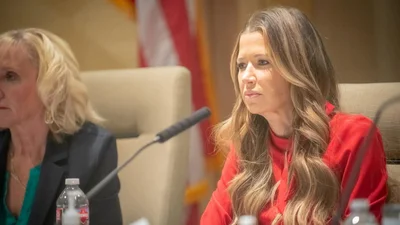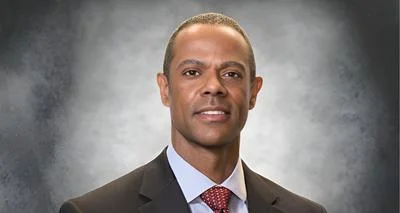A recent working group at the Santa Fe Institute brought together experts from mathematics, computer science, physics, and engineering to discuss advances and challenges in digital-twin technology. The event, held on August 12 and 13, 2025, was organized by Yuanzhao Zhang, Complexity Postdoctoral Fellow at SFI, and Karen Willcox, an SFI External Faculty member and Director of the Oden Institute for Computational Engineering and Sciences at the University of Texas at Austin.
Digital twins are virtual models that closely mirror physical objects or systems using real-time data. These models can be used in various fields such as healthcare—where a digital twin might predict how a person’s body responds to treatment—and aerospace engineering—where it could simulate how an airplane reacts to atmospheric changes.
According to Zhang, researchers from many disciplines are interested in digital twins. However, there are still significant hurdles before the technology can be reliably used in complex areas like healthcare. One major challenge is processing large amounts of information efficiently so that a digital twin accurately represents dynamic systems without overwhelming computational resources.
“What is the best way to integrate new data into the digital twin?” asks Zhang. He explains that this remains an open question for researchers. During the working group, participants discussed integrating principles from physics into digital twins to help them learn more effectively from limited data sets.
Another focus was reducing model complexity while maintaining accuracy. “When you have a model with a hundred thousand dimensions,” says Zhang, “how do you reduce it to, say, a hundred dimensions without losing too much accuracy?”
The group also examined specific applications of digital twins beyond traditional uses. For example, some presentations explored applying graph theory to forecast student progress through educational systems or designing adaptable digital-twin approaches suitable for different scenarios. “The hope is that these approaches can be applied to many different systems with very little effort,” says Zhang.
Zhang notes that discussions during the event have already sparked ideas for new collaborations aimed at addressing current issues facing digital-twin technology. “A lot of things I learned will keep me thinking for a long time.”








